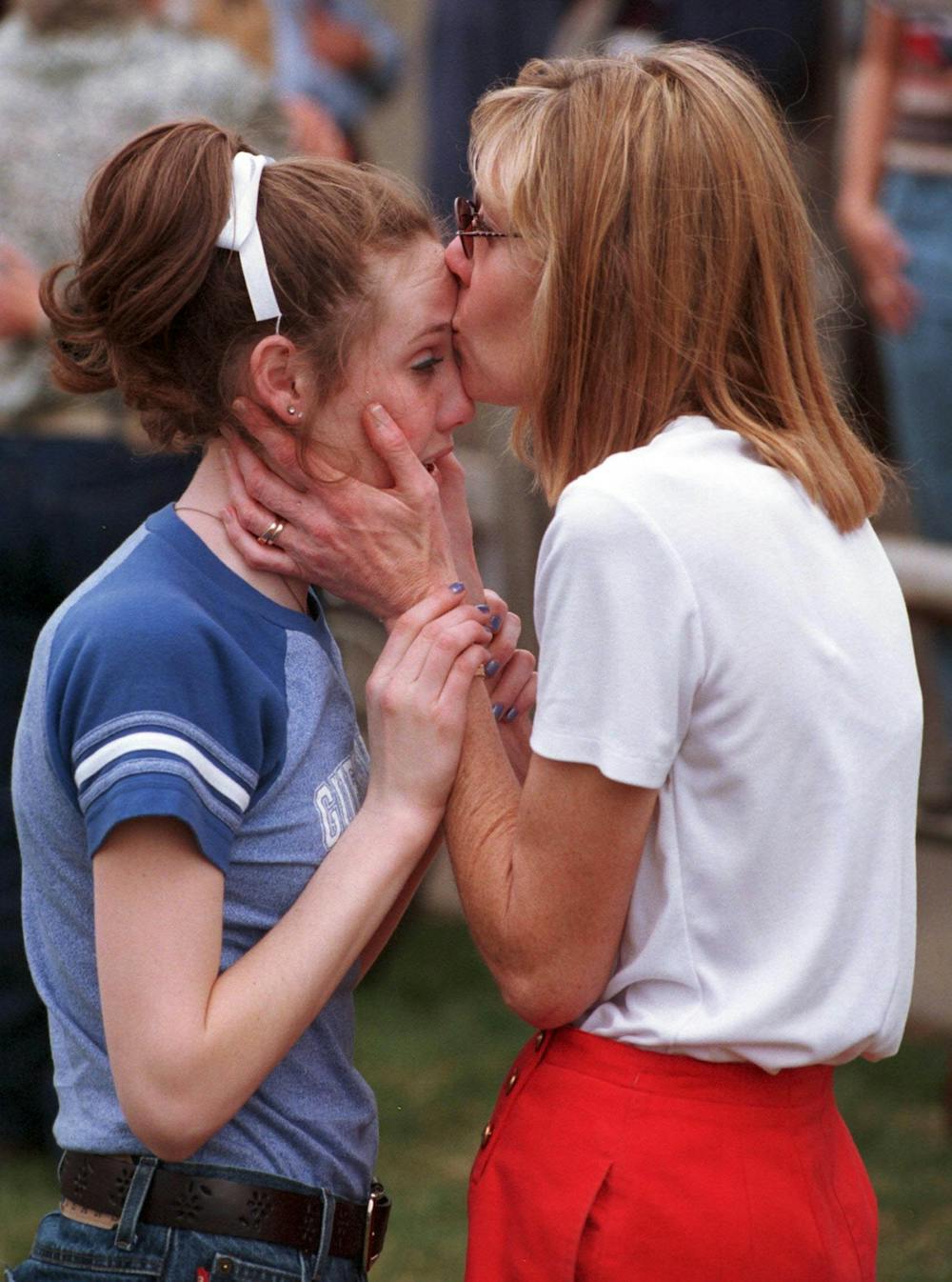The answer to this isn’t easy, and to be honest, there probably isn’t one right answer. But regardless, something needs to happen. Change needs to be enacted so that America’s students can feel like they can safely learn again.
But it's important to remember that it's not just our schools that are home to gun violence. From FedEx centers to people’s own homes, gun violence is truly everywhere. From Atlanta to Indianapolis to Boulder to Knoxville, we have witnessed a seemingly large amount of mass shootings.
The U.S. has reported at least 45 mass shootings in the past month — an alarming increase from those reported in 2020. This begs the question: was media coverage on COVID-19 so intense that mass shootings failed to get covered, or did these events simply not occur?
The FBI defines a mass shooting as an incident that kills or injures four or more people in one location or event. Based on this definition, however, mass shooting numbers rose during the pandemic. In 2020, the U.S. saw a nearly 50 percent increase in mass shootings from 2019. Experts claim that the strife created by the pandemic was directly correlated with the rise in mass shootings.
So why didn’t we hear about these events?
Well, during a pandemic with staggering death tolls, a contentious presidential election and rising unemployment, mass shootings were no longer front-page news.
And while there is no clearly defined answer as to why this increase in gun violence occurred, a few explanations have been suggested.
The first was a lack of response resources during the pandemic. This theory explains how mass shootings have especially had a disproportionate effect on Black neighborhoods.
Chicago, for example, had 36 mass shootings through September of 2020, and 31 of those were in predominantly Black communities. In neighborhoods that witness sizable amounts of violence, the response usually comes from outside law enforcement, such as outreach workers.
However, this work was difficult to do in a pandemic. Normal activities, such as community meetings and in-home visits, were no longer attainable. COVID-19 continued to submit itself as a silent killer.
The second explanation follows the rise in local gun sales. According to FBI data, 2020 had the most background checks since 1998. It has been thought gun sales grew due to the pandemic, social unrest and election fears.
However, this trend continues to rise, even into 2021. FBI data shows over 90,000 background checks were conducted on North Carolina firearm buyers in March — an increase from over 86,000 in January and 72,000 in February.
To get the day's news and headlines in your inbox each morning, sign up for our email newsletters.
The soar in gun sales has come amid fears of stricter federal gun legislation and the recent mass shootings, and gives way to suspicion of a subsequent increase in gun violence.
Experts hope that with decreasing COVID-19 infection rates and the availability of several vaccines, getting back to a more normal lifestyle — in which schools reopen and we see an increase in employment — will help reduce mass shootings.
Pandemic or not, change must be enacted to reduce violence not only in schools but in entire communities. Only then can we hope to prevent tragedies such as those in Blacksburg, Columbine and Charlotte from ever happening again.
@dthopinion
opinion@dailytarheel.com



